Improving the Segmentation and Visualization of Intracranial Aneurysms in 3D Angiograms
When segmenting and visualizing intracranial aneurysms in three-dimensional (3D) angiograms, there is often a tendency to overemphasize the neck of the aneurysm, whereas its nature plays a crucial role in the morphological analysis for selecting the appropriate interventional procedure. Using two-dimensional (2D) angiographic imaging, the true morphology can be more accurately assessed if the projection direction is appropriate. On the one hand, such 2D data are obtained in the form of additional high-resolution images during diagnosis or intervention. On the other hand, they are available in the form of lower resolution 2D raw data from the acquisition of the 3D images themselves.


In this thesis, both types of 2D images will be tested for their suitability to be used as an automated mask for the optimization of 3D visualization and segmentation in order to improve the morphological quality of 3D visualization and segmentation.
The implementation will be done in Python using the open source tools Visualization Toolkit (VTK – https://vtk.org) for segmentation and visualization and if necessary Insight Toolkit (ITK – https://itk.org) or SimpleITK (https://simpleitk.org) for any necessary registration between 2D and 3D image series.
Type: Bachelor/ or Master Thesis
Requirements: Good skills in scientific reading; critical thinking; good skills in programming (Python, VTK and related toolkits)
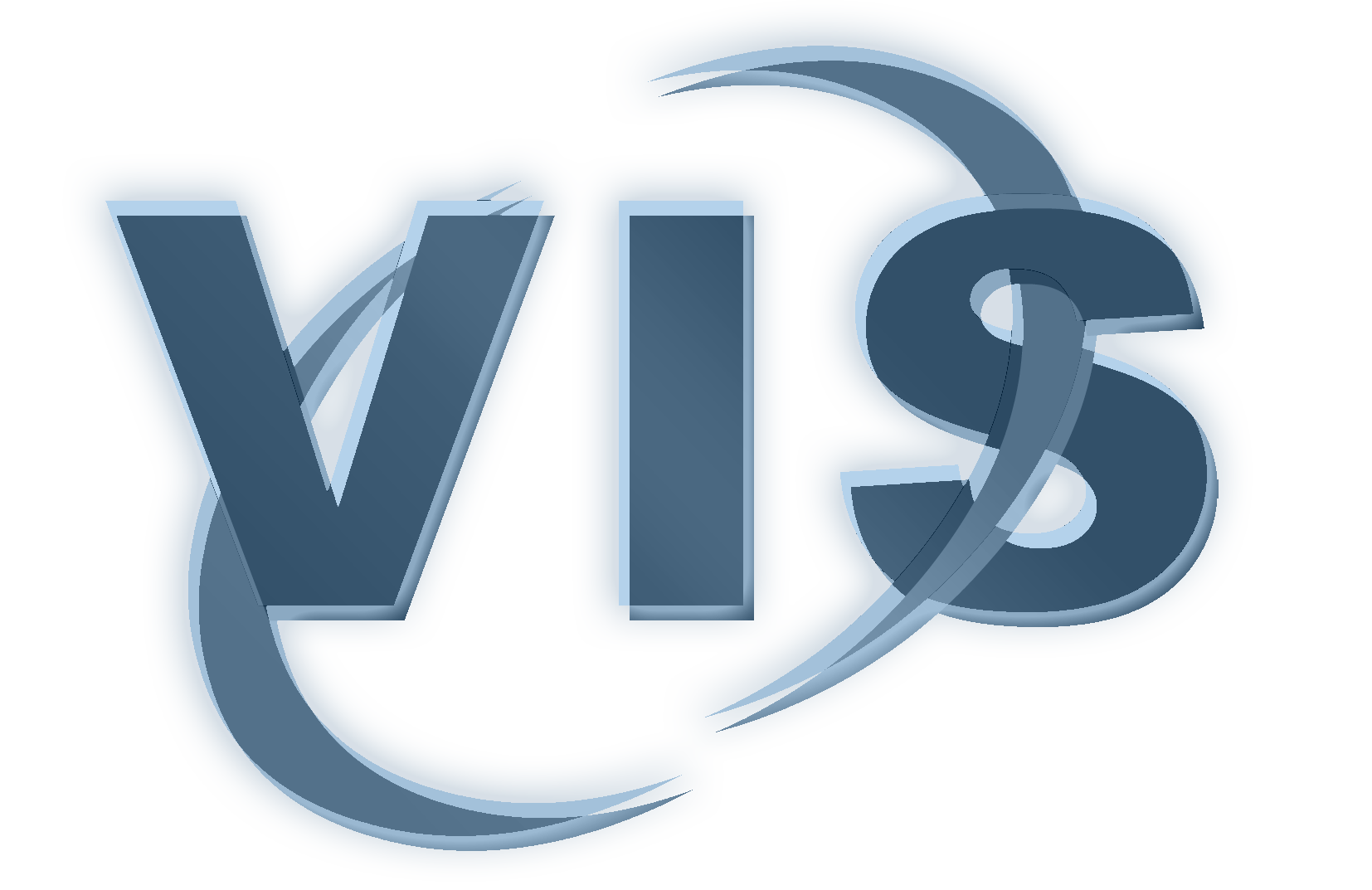
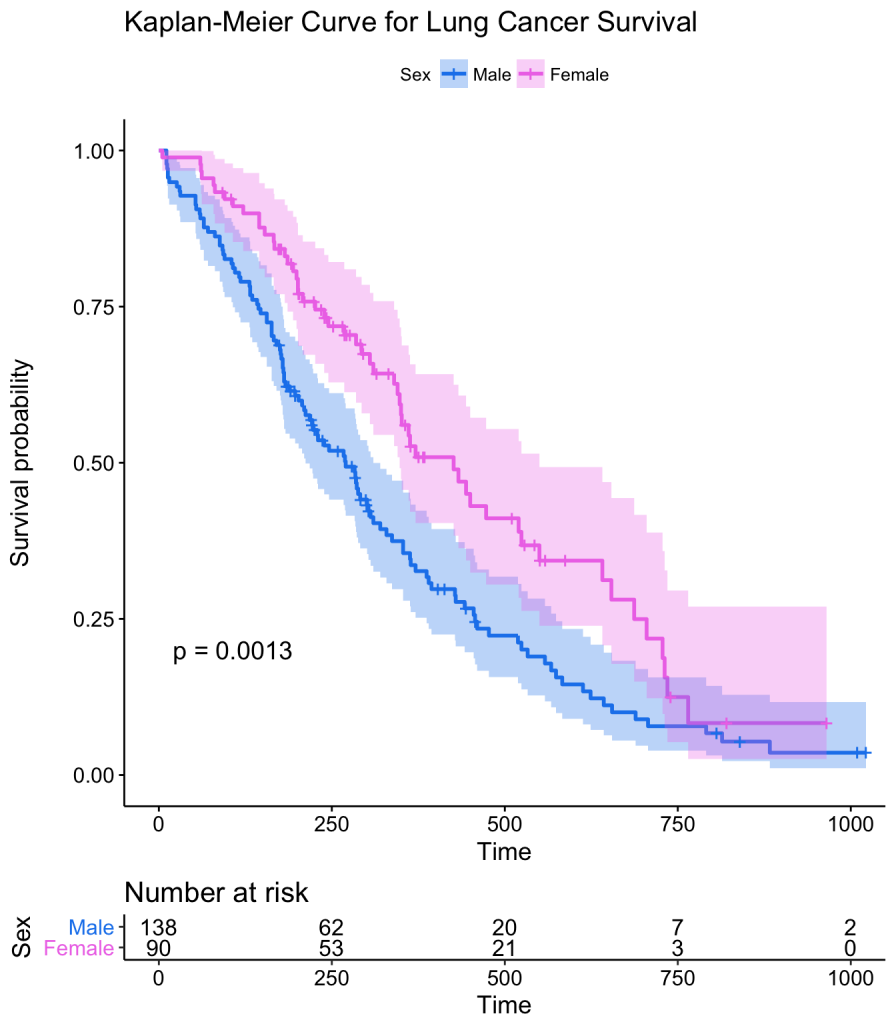

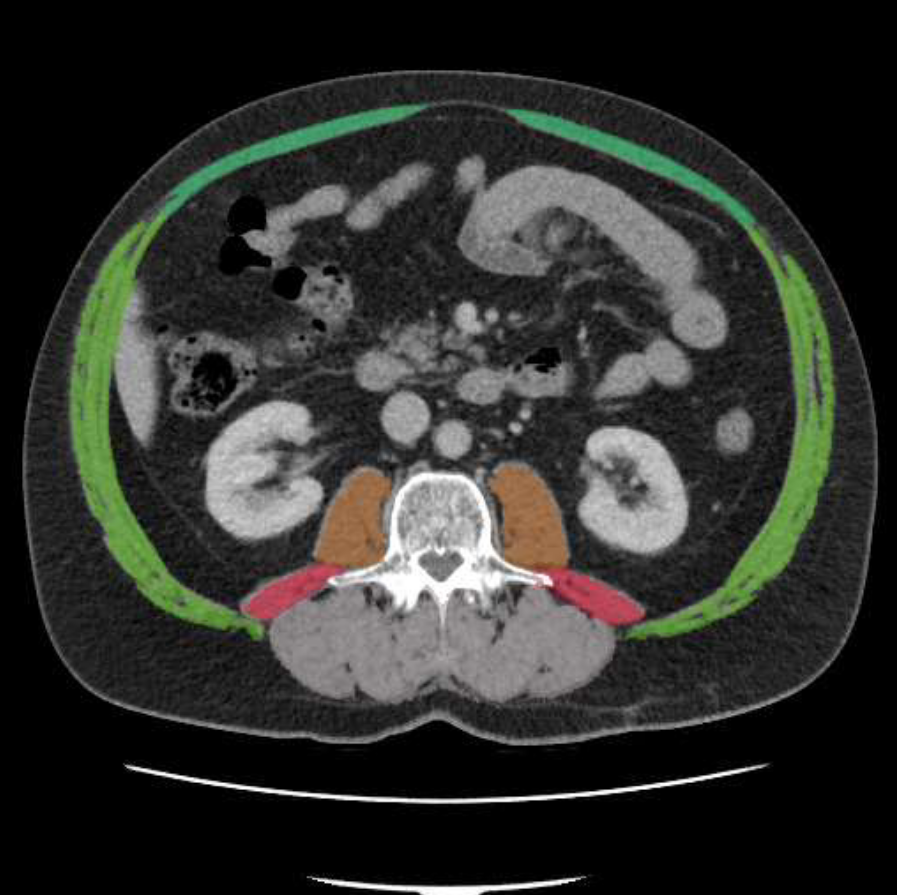
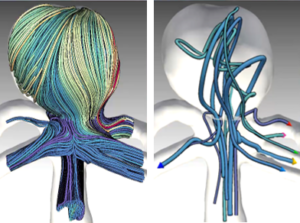 In cerebral aneurysm research, CFD simulations allow us to gain a better understanding of the dynamics of the blood flow. The simulated flow is often visualized using integral curves resulting in cluttered “spaghetti plots”. Advanced approaches group similar curves and show only selected representatives (image). These approaches however, fail in showing the clusters’ spatial extent. In this thesis, an interactive approach facilitating a continuous transition between the full set of integral curves and an uncluttered abstracted visualization shall be developed. Browsing back and forth through various levels of abstraction shall allow the user to grasp both, the general structure of the blood flow pattern as well as the spatial extent of individual substructures.
In cerebral aneurysm research, CFD simulations allow us to gain a better understanding of the dynamics of the blood flow. The simulated flow is often visualized using integral curves resulting in cluttered “spaghetti plots”. Advanced approaches group similar curves and show only selected representatives (image). These approaches however, fail in showing the clusters’ spatial extent. In this thesis, an interactive approach facilitating a continuous transition between the full set of integral curves and an uncluttered abstracted visualization shall be developed. Browsing back and forth through various levels of abstraction shall allow the user to grasp both, the general structure of the blood flow pattern as well as the spatial extent of individual substructures.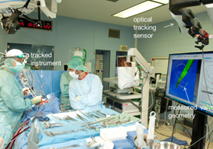 Im Rahmen der Arbeit sollen Stereoverfahren für die 3D-Rekonstruktion von Strukturen aus intraoperativen Endoskopiebildern entwickelt werden. Die Arbeit wird in enger Kooperation zwischen der Fakultät Informatik der OvGU Magdeburg (Dr. Sandy Engelhardt) und der Herzchirurgie des Universitätsklinikums Heidelberg (Prof. De Simone) durchgeführt. Weitere Themen für Abschlussarbeiten sind vorhanden. Melden Sie sich gern bei Interesse.
Im Rahmen der Arbeit sollen Stereoverfahren für die 3D-Rekonstruktion von Strukturen aus intraoperativen Endoskopiebildern entwickelt werden. Die Arbeit wird in enger Kooperation zwischen der Fakultät Informatik der OvGU Magdeburg (Dr. Sandy Engelhardt) und der Herzchirurgie des Universitätsklinikums Heidelberg (Prof. De Simone) durchgeführt. Weitere Themen für Abschlussarbeiten sind vorhanden. Melden Sie sich gern bei Interesse.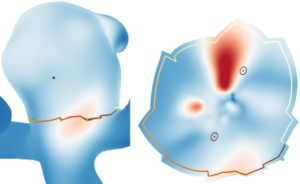 Zerebrale Aneurysmen sind pathologische Aussackungen der Gefäßwand, welche meistens an den Bifurkationen der großen Hirnarterien auftreten. Die Gefäßwand besitzt an diesen Stellen ein hohes Rupturisiko, was zu starken inneren Blutungen führt und in 60 % der Fälle den Tod des Patienten zur Folge hat. Daher ist eine patientenspezifische Einschätzung des Rupturrisikos nötig. Jedoch hängt die Ruptur von zahlreichen Kriterien ab, deren Zusammenhänge bisher nicht ausreichend verstanden sind. Blutflusssimulationen helfen dabei das patientenspezifische Rupturrisiko zu analysieren. Jedoch handelt es sich dabei um sehr komplexe Daten, was deren Auswertung enorm erschwert. Mit Hilfe von Standardtechniken wie Farbkodierungen und Animationen in 3D versuchen Experten rupturgefährdete Gefäßregionen ausfindig zu machen. Auftretende Verdeckungen machen es jedoch nahezu unmöglich über die Zeit Hochrisikoregionen zu finden. 2D Projektionen der 3D Gefäßgeometrie werden häufig eingesetzt, um verdeckungsfreie Überblicksvisualisierungen zu erzeugen. Jedoch führen derartige Projektionen zu Verzerrungen, die die Datenanalyse erschweren.
Zerebrale Aneurysmen sind pathologische Aussackungen der Gefäßwand, welche meistens an den Bifurkationen der großen Hirnarterien auftreten. Die Gefäßwand besitzt an diesen Stellen ein hohes Rupturisiko, was zu starken inneren Blutungen führt und in 60 % der Fälle den Tod des Patienten zur Folge hat. Daher ist eine patientenspezifische Einschätzung des Rupturrisikos nötig. Jedoch hängt die Ruptur von zahlreichen Kriterien ab, deren Zusammenhänge bisher nicht ausreichend verstanden sind. Blutflusssimulationen helfen dabei das patientenspezifische Rupturrisiko zu analysieren. Jedoch handelt es sich dabei um sehr komplexe Daten, was deren Auswertung enorm erschwert. Mit Hilfe von Standardtechniken wie Farbkodierungen und Animationen in 3D versuchen Experten rupturgefährdete Gefäßregionen ausfindig zu machen. Auftretende Verdeckungen machen es jedoch nahezu unmöglich über die Zeit Hochrisikoregionen zu finden. 2D Projektionen der 3D Gefäßgeometrie werden häufig eingesetzt, um verdeckungsfreie Überblicksvisualisierungen zu erzeugen. Jedoch führen derartige Projektionen zu Verzerrungen, die die Datenanalyse erschweren.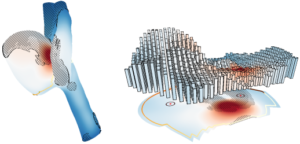 Zerebrale Aneurysmen sind pathologische Aussackungen der Gefäßwand, welche meistens an den Bifurkationen der großen Hirnarterien auftreten. Die Gefäßwand besitzt an diesen Stellen ein hohes Rupturisiko, was zu starken inneren Blutungen führt und in 60 % der Fälle den Tod des Patienten zur Folge hat. Blutflusssimulationen helfen dabei das patientenspezifische Rupturrisiko zu analysieren. Jedoch handelt es sich dabei um sehr komplexe Daten, was deren Auswertung enorm erschwert. Mit Hilfe von Standardtechniken wie Farbkodierungen und Animationen in 3D versuchen Experten rupturgefährdete Gefäßregionen ausfindig zu machen. Auftretende Verdeckungen machen es jedoch nahezu unmöglich über die Zeit Hochrisikoregionen zu finden.
Zerebrale Aneurysmen sind pathologische Aussackungen der Gefäßwand, welche meistens an den Bifurkationen der großen Hirnarterien auftreten. Die Gefäßwand besitzt an diesen Stellen ein hohes Rupturisiko, was zu starken inneren Blutungen führt und in 60 % der Fälle den Tod des Patienten zur Folge hat. Blutflusssimulationen helfen dabei das patientenspezifische Rupturrisiko zu analysieren. Jedoch handelt es sich dabei um sehr komplexe Daten, was deren Auswertung enorm erschwert. Mit Hilfe von Standardtechniken wie Farbkodierungen und Animationen in 3D versuchen Experten rupturgefährdete Gefäßregionen ausfindig zu machen. Auftretende Verdeckungen machen es jedoch nahezu unmöglich über die Zeit Hochrisikoregionen zu finden.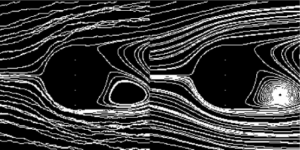 Die patientenspezifische Hämodynamik spielt eine zentrale Rolle in der Entwicklung und dem Voranschreiten kardiovaskulärer Krankheiten. Informationen über die patientenspezifische Hämodynamik können nicht invasiv mit Hilfe der 4D Phasen-Kontrast-Magnet-Resonanz Bildgebung aufgenommen werden.Ein Nachteil gemessener Flussdaten ist ihre Anfälligkeit gegenüber Rauschen, was die weitere Analyse erschwert.
Die patientenspezifische Hämodynamik spielt eine zentrale Rolle in der Entwicklung und dem Voranschreiten kardiovaskulärer Krankheiten. Informationen über die patientenspezifische Hämodynamik können nicht invasiv mit Hilfe der 4D Phasen-Kontrast-Magnet-Resonanz Bildgebung aufgenommen werden.Ein Nachteil gemessener Flussdaten ist ihre Anfälligkeit gegenüber Rauschen, was die weitere Analyse erschwert.